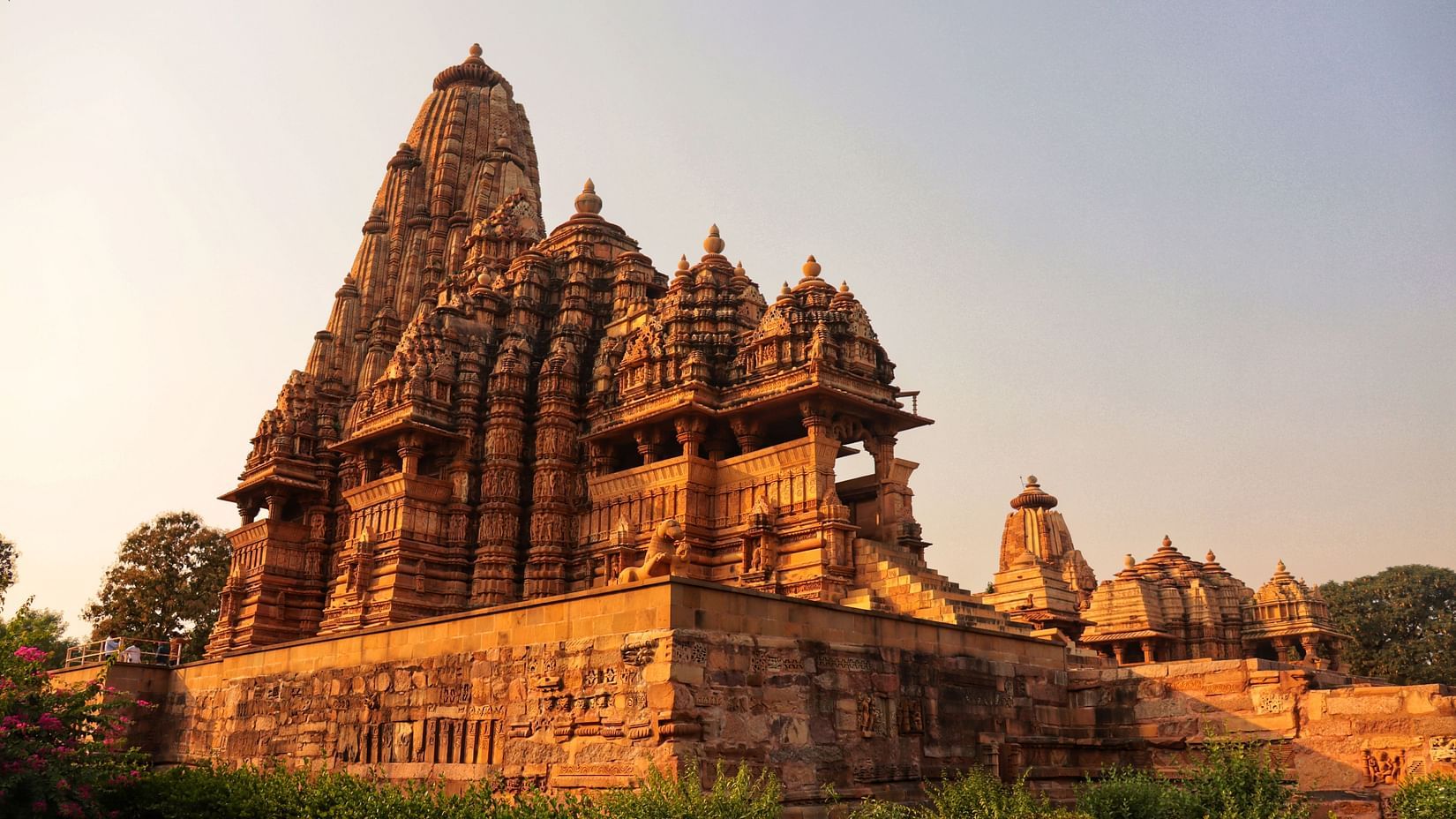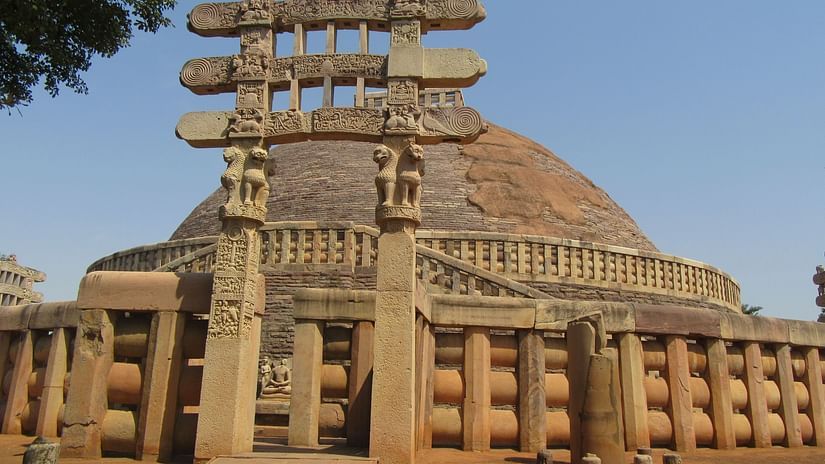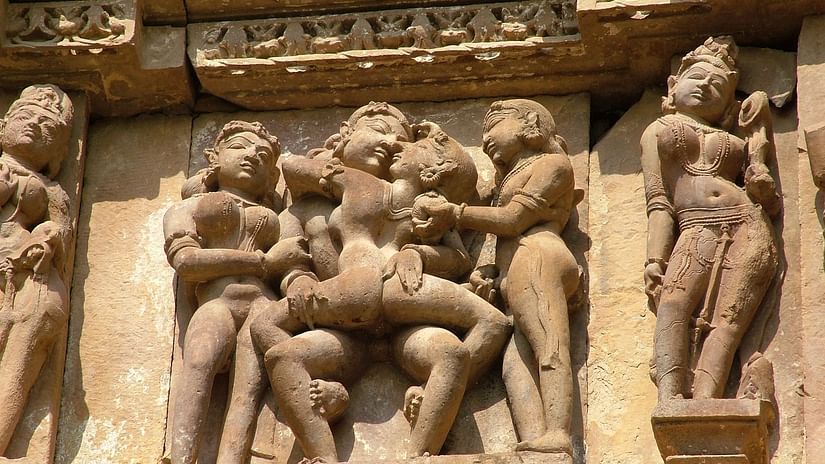
Replete with rich cultural heritage, the state is acknowledged as the official home of the Maharajas and their majestic palaces. Madhya Pradesh is recognized as an ultimate hub comprising heritage sites from the bygone era. This state depicts the architectural brilliance of the ruling empires and takes us back to the golden age of India.
Madhya Pradesh is a must-visit state, dotted with UNESCO world heritage sites, ancient temples, palaces, caves, forts and many more. The world heritage sites in Madhya Pradesh reflect golden India’s traditions, culture, music, and dance. Overflowing with surprising, unforgettable, and thought-provoking attractions, the heritage sites in Madhya Pradesh possess ageless beauty handed down by the great warriors of the golden era. From monuments and temples to caves, each of these heritage sites is filled with stories of chivalry, romance, and valour of court politics.
Here are three famous sites declared by UNESCO as World Heritage sites in Madhya Pradesh that deserve a visit from you!
Madhya Pradesh is a must-visit state, dotted with UNESCO world heritage sites, ancient temples, palaces, caves, forts and many more. The world heritage sites in Madhya Pradesh reflect golden India’s traditions, culture, music, and dance. Overflowing with surprising, unforgettable, and thought-provoking attractions, the heritage sites in Madhya Pradesh possess ageless beauty handed down by the great warriors of the golden era. From monuments and temples to caves, each of these heritage sites is filled with stories of chivalry, romance, and valour of court politics.
Here are three famous sites declared by UNESCO as World Heritage sites in Madhya Pradesh that deserve a visit from you!
Bhimbetka Caves
Located in the Raisen district of Madhya Pradesh, Bhimbetka Caves are a UNESCO World Heritage site. The site consists of seven hills and covers over 750 rock shelters distributed over 10 km. The rock shelters and caves date back to the Mesolithic times and provide evidence of a cultural evolution and human settlement. It gives visitors a glimpse into the existence of hunters and gatherers and expressions of prehistoric spirituality.

Among all other caves, the Auditorium Cave is one of the most significant features of Bhimbetka Caves. It is the largest shelter at Bhimbetka that depicts its ageless beauty.
The rock paintings are completely diverse and depict the social life that existed in the past. The paintings indicate everyday events of the people who lived in the caves, including hunting, dancing, childbirth, music, elephant and horse riders, animals fighting, and household scenes. Paintings of animals such as tigers, bison, wild boars, lions, dogs, crocodiles, elephants, lizards and antelopes have been found. Some caves depict ritualistic symbols. The Bhimbetka site is one of India’s largest prehistoric complexes and the oldest-known rock art.
The rock paintings are completely diverse and depict the social life that existed in the past. The paintings indicate everyday events of the people who lived in the caves, including hunting, dancing, childbirth, music, elephant and horse riders, animals fighting, and household scenes. Paintings of animals such as tigers, bison, wild boars, lions, dogs, crocodiles, elephants, lizards and antelopes have been found. Some caves depict ritualistic symbols. The Bhimbetka site is one of India’s largest prehistoric complexes and the oldest-known rock art.

Sanchi Stupa
Sanchi Stupa is one of India’s oldest stone structures and a famous Buddhist monument. The Great Stupa has become an icon in cultural heritage and is a renowned UNESCO World Heritage Site built by Emperor Ashoka. It is a prominent pilgrimage site for Buddhists that preserves historical evidences and art from the Mauryan period.
Sanchi is the centre that homes age-old stupas, temples, monolithic pillars, monasteries, and other remnants of the rich Buddhist culture. The main body of the Stupa indicates the cosmic mountain and is topped by a ‘harmika’ to hold the ‘Chhatraveli’. It symbolises the three jewels of Buddhism – the Buddha, the Sangha, and the Dharma.
The four cardinal points gateways highlight the structure with a series of detailed carvings depicting important religious and historical scenes and Buddhist symbols. Sanchi Stupa draws the massive attention of tourists and spiritual seekers.
The four cardinal points gateways highlight the structure with a series of detailed carvings depicting important religious and historical scenes and Buddhist symbols. Sanchi Stupa draws the massive attention of tourists and spiritual seekers.
Khajuraho
Khajuraho’s group of temples are crowned as remarkable world heritage sites built between 950 and 1050 AD by the Chandela rulers. The majestic temples and intricate sculptures of Khajuraho make it one of the most renowned heritage sites that are famous for their aesthetic erotic carvings and spiritual teachings, which can be found etched on the temple walls. The Khajuraho Group of Monuments has been declared a UNESCO World Heritage Site and is considered one of India’s “seven wonders”.

Out of 85 temples, the remaining 20 temples are divided into three groups – the Western, the Eastern, and the Southern Khajuraho group of monuments. Kandarian Mahadeo Temple is the largest and most famous temple in the western group and is dedicated to Lord Shiva. The Vishwanath, Jagadambi, Chausath Yogini, Nandi, and Lakshmana temples are other famous temples. The eastern group denominates Jain temples, namely Parshvanath, Brahma, Ghanati, Javari, and Vamana temples. Finally, the southern groups include Chaturbhuja, Beejamandal, and Duladeo temples.
After exploring the temples, enjoy watching the amazing light and sound show at the temple complex. This 50-minute show serves as a memorable tour of the temples’ sculptures, art, and architecture. Finally, a visit to Pandav Falls and Panna National Park are some of the best things to visit in Khajuraho.
After exploring the temples, enjoy watching the amazing light and sound show at the temple complex. This 50-minute show serves as a memorable tour of the temples’ sculptures, art, and architecture. Finally, a visit to Pandav Falls and Panna National Park are some of the best things to visit in Khajuraho.